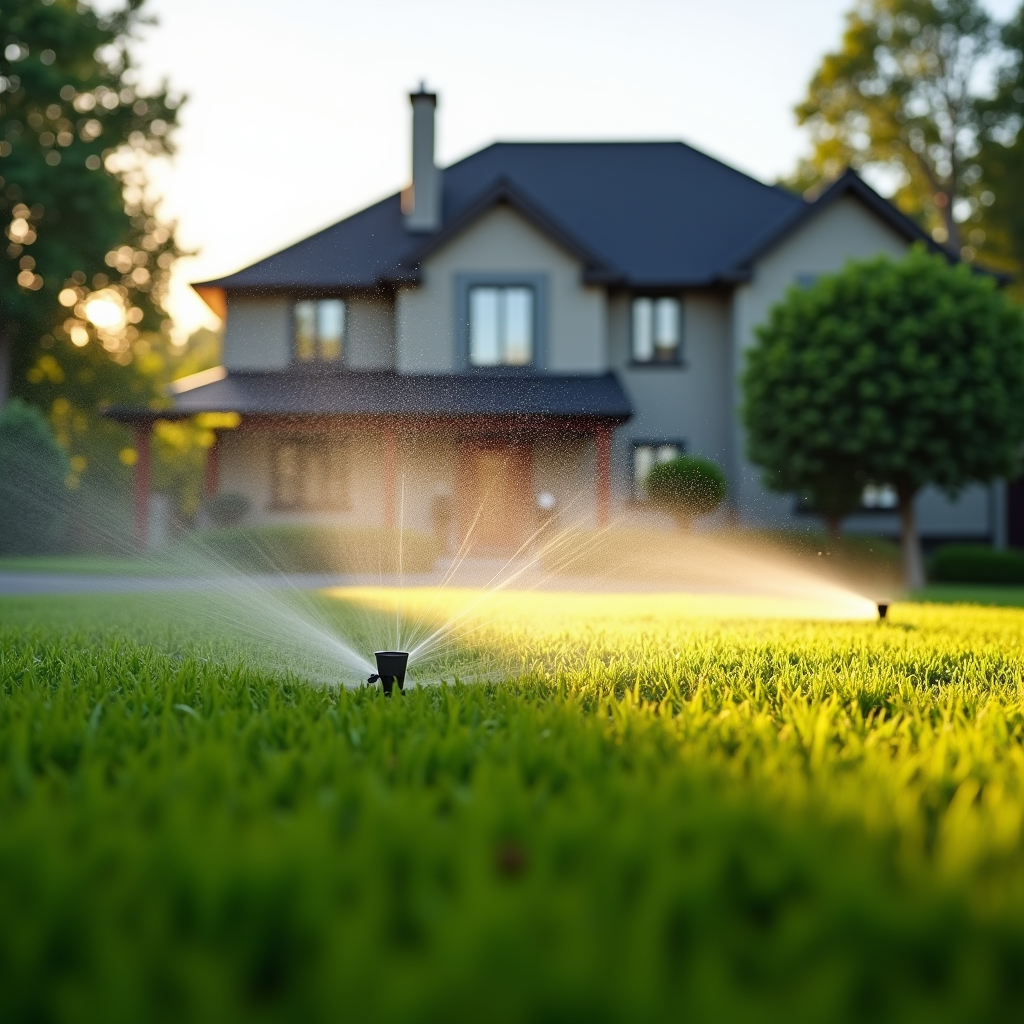Introduction
Creating a lush, green lawn is a labor of love. It requires time, effort, and above all, the right practices to ensure that your grass not only survives but thrives. Watering Wisely: Best Practices for Lawn Irrigation delves into the key aspects of effective lawn care irrigation methods that can transform your yard into a verdant paradise. Whether you're a seasoned gardener or a beginner just starting out, understanding the nuances of lawn irrigation is crucial. After all, water is life—especially for your lawn!
Watering Wisely: Best Practices for Lawn Irrigation
Watering your lawn might seem as simple as turning on the hose and letting it run, but it's so much more than that. A well-watered lawn can withstand droughts, resist pests, and develop deep roots that make it resilient and healthy. The following sections will explore best practices in detail.
Understanding Your Lawn's Water Needs
What Factors Affect Lawn Water Requirements?
There are http://kylercvxp937.raidersfanteamshop.com/creating-a-welcoming-ambience-with-soft-glow-landscape-fixtures several factors at play when determining how much water your lawn needs:
- Grass Type: Different species require varying amounts of water. Soil Type: Sandy soils drain quickly while clay soils retain moisture longer. Weather Conditions: Heat and wind increase evaporation rates. Time of Year: Lawns often need more water during summer months compared to spring or fall.
How to Assess Your Lawn's Needs
To effectively determine how much water your lawn needs, consider conducting a simple test:

This will give you an idea of how long to run your irrigation system to meet your lawn's specific requirements.
Choosing the Right Time to Water
When Is the Best Time to Water Your Lawn?
Timing is everything! The ideal times to water are early morning (between 6 AM and 10 AM) or late afternoon (around 4 PM - 6 PM). Here's why:
- Early Morning: Reduced evaporation allows more water to penetrate the soil. Late Afternoon: Although better than watering at night (which can promote disease), this timing still faces some evaporation loss.
What Should You Avoid?
Avoid watering during peak sunlight hours (10 AM - 4 PM) when evaporation rates are highest. Additionally, never water when it's windy; this can lead to uneven distribution.
Methods of Lawn Irrigation
Sprinkler Systems vs. Soaker Hoses
Both methods have their merits, so let's break them down:
- Sprinkler Systems Pros: Cover large areas quickly; adjustable coverage. Cons: Can waste water due to evaporation and runoff. Soaker Hoses Pros: Deliver slow, deep watering directly to roots; less evaporation loss. Cons: May require more setup time; not suitable for large areas without additional hoses.
Irrigation Systems: Which One Is Right for You?
Types of Irrigation Systems Available
In-Ground Sprinklers: Automated systems that can be customized based on zones in your yard. Drip Irrigation: Ideal for flower beds or gardens requiring precise watering. Portable Sprinklers: Great for small yards or those who prefer manual operation.Watering Techniques That Save Time & Resources
How Much Water Should You Apply?
A general rule of thumb is about one inch of water per week (including rainfall). This encourages deep rooting which leads to a healthier lawn overall.
What Is Deep Watering?
Deep watering involves applying sufficient moisture infrequently but thoroughly—allowing grass roots to reach deeper into the soil where moisture remains even during dry spells.
The Role of Rain Sensors in Smart Irrigation
Rain sensors are devices that detect rainfall and automatically shut off sprinkler systems when adequate moisture is present. This not only conserves water but also saves you money on utility bills!
Common Myths About Lawn Care Irrigation
Myth #1: More Water Equals Better Growth
While it’s tempting to think that overwatering ensures vibrant growth, too much moisture can lead to root rot and fungal diseases instead!
Myth #2: Grass Only Needs Water When it Looks Brown
Lawns may look fine even if they're thirsty! Regular checks on soil moisture will help you maintain an optimal watering schedule.

FAQs about Lawn Care Irrigation
FAQ 1: How often should I water my lawn?
It generally depends on weather conditions and grass type but aim for once or twice a week providing one inch of water each time.
FAQ 2: Can I use rainwater for my irrigation needs?
Absolutely! Collecting rainwater not only conserves resources but also provides plants with natural nutrients found in rainwater.
FAQ 3: Is it better to use sprinklers or hand-watering?
Sprinklers are efficient for larger areas while hand-watering allows you greater control over where the water goes—both have their place!

FAQ 4: What signs indicate my grass needs more water?
If blades start curling or turning brown at tips during hot days, it’s likely signaling thirst!
FAQ 5: Should I adjust my watering routine during different seasons?
Yes! Cool-season grasses typically need less moisture in cooler months than warm-season varieties do in summer heat.
FAQ 6: Are there any eco-friendly options available for irrigation?
Definitely! Look into drip irrigation systems that minimize waste by delivering precise amounts directly at plant roots while conserving precious resources.
Conclusion
In conclusion, mastering the art of irrigation is crucial if you want a thriving green oasis in your backyard. Understanding how much water your particular type of grass needs will allow you not only to conserve resources but also achieve stunning results year-round. Remember that smarter practices yield better outcomes—so embrace these best practices today!
By incorporating what you've learned from this guide titled “ Watering Wisely: Best Practices for Lawn Irrigation," you're well on your way toward achieving healthier lawns through effective watering strategies!
This comprehensive exploration serves as both a resource and an invitation—to take charge of your lawn care journey with confidence and expertise!